Environmental Sustainability Report and Analysis for COS Company
VerifiedAdded on 2023/06/07
|5
|863
|89
Report
AI Summary
This report provides an analysis of COS, a national office products firm, and its environmental sustainability efforts. The report begins with an overview of COS's background and its commitment to environmental sustainability, highlighting the importance of addressing the impact of human activity on the environment. The research methodology includes a review of literature and a phone interview with a company employee. The report identifies key stakeholders, including employees, the public, and regulatory agencies, and their respective needs regarding environmental policies. Various policy options are explored, such as green purchasing, reducing greenhouse gas emissions, and converting reports to the Global Reporting Initiative (GRI). The report recommends using a SWOT analysis to assess the potential effects of different policy alternatives and suggests the development of a report detailing associated costs and timelines. The study aims to provide a comprehensive understanding of COS's sustainability challenges and opportunities, offering actionable recommendations for improvement.
1 out of 5
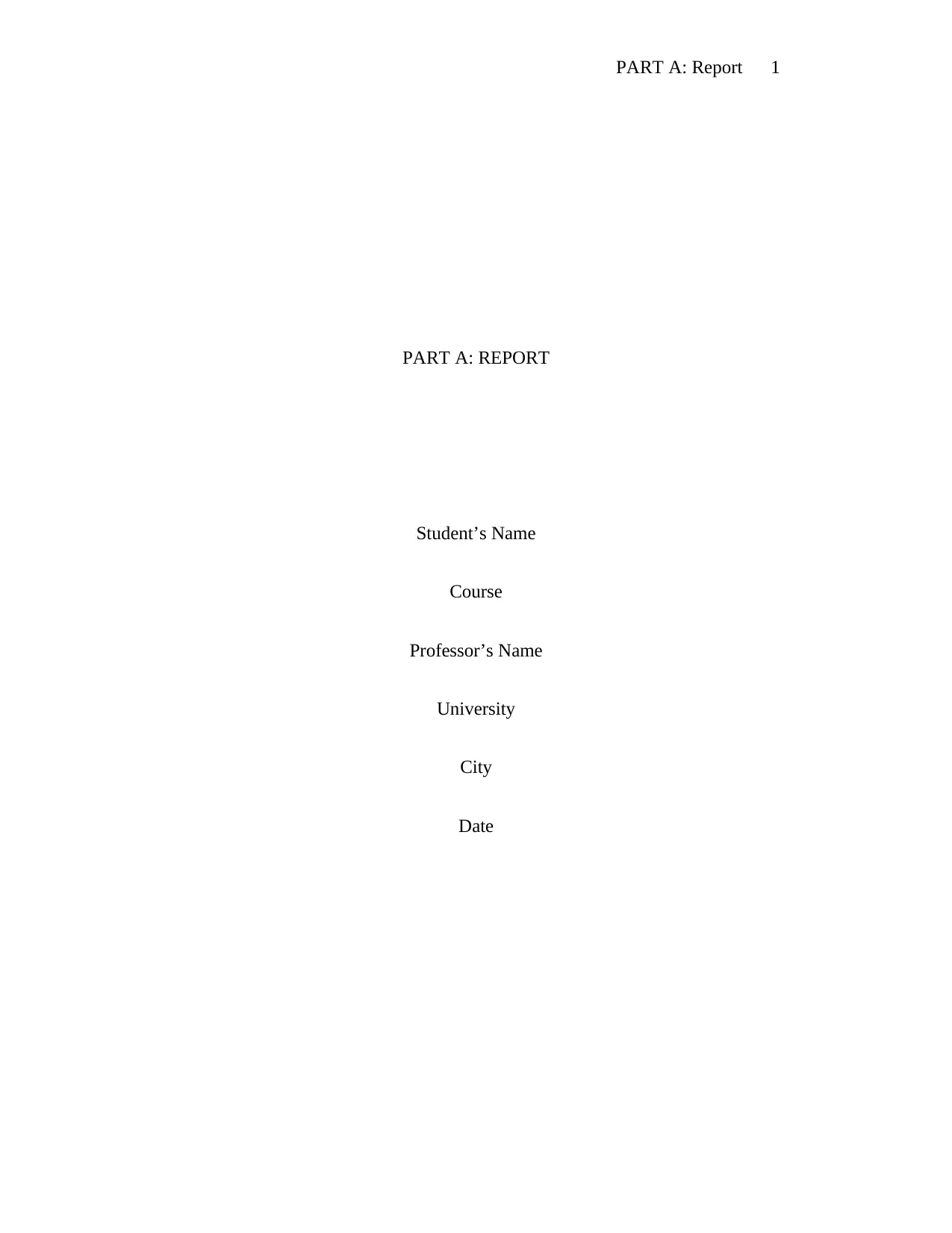
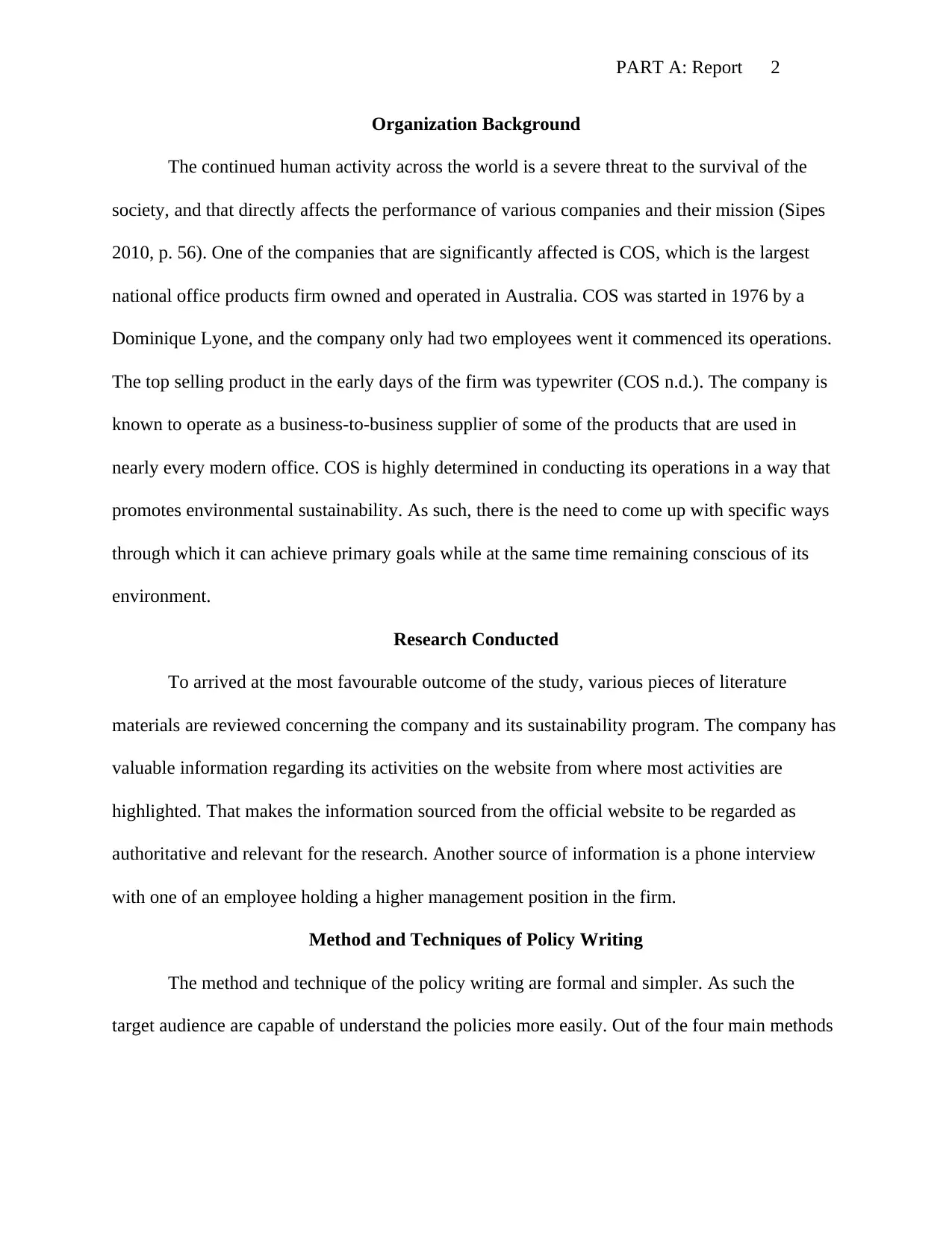
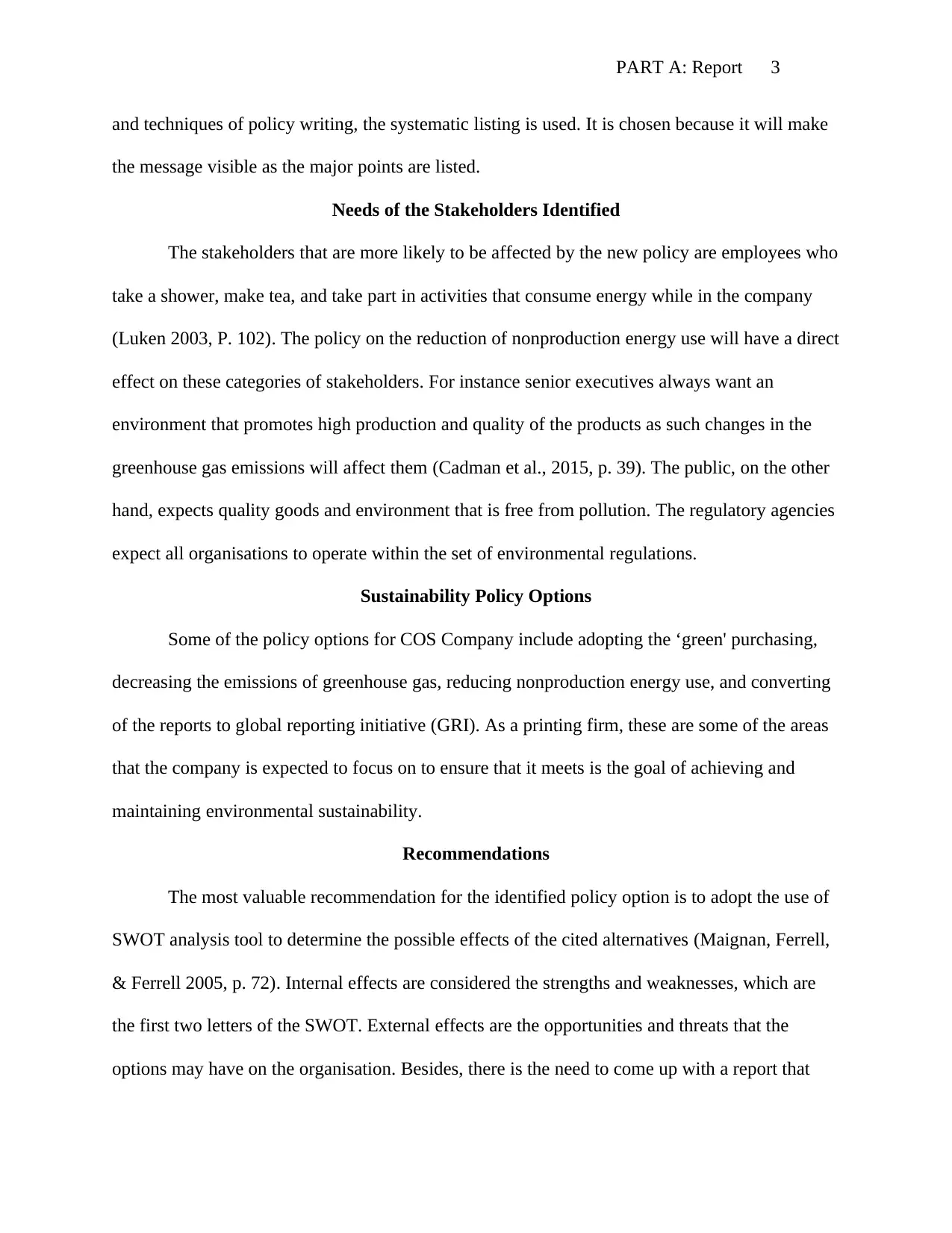

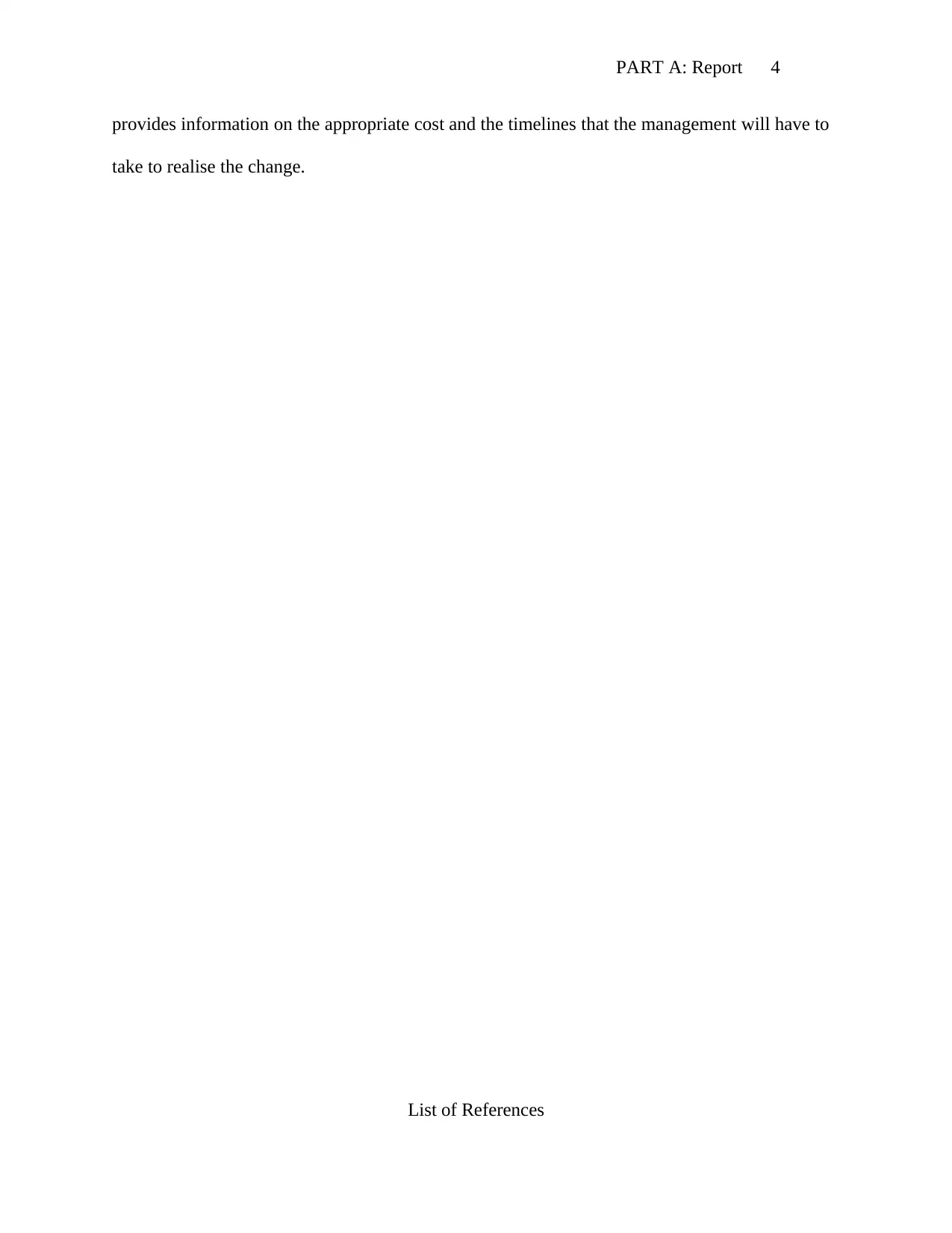
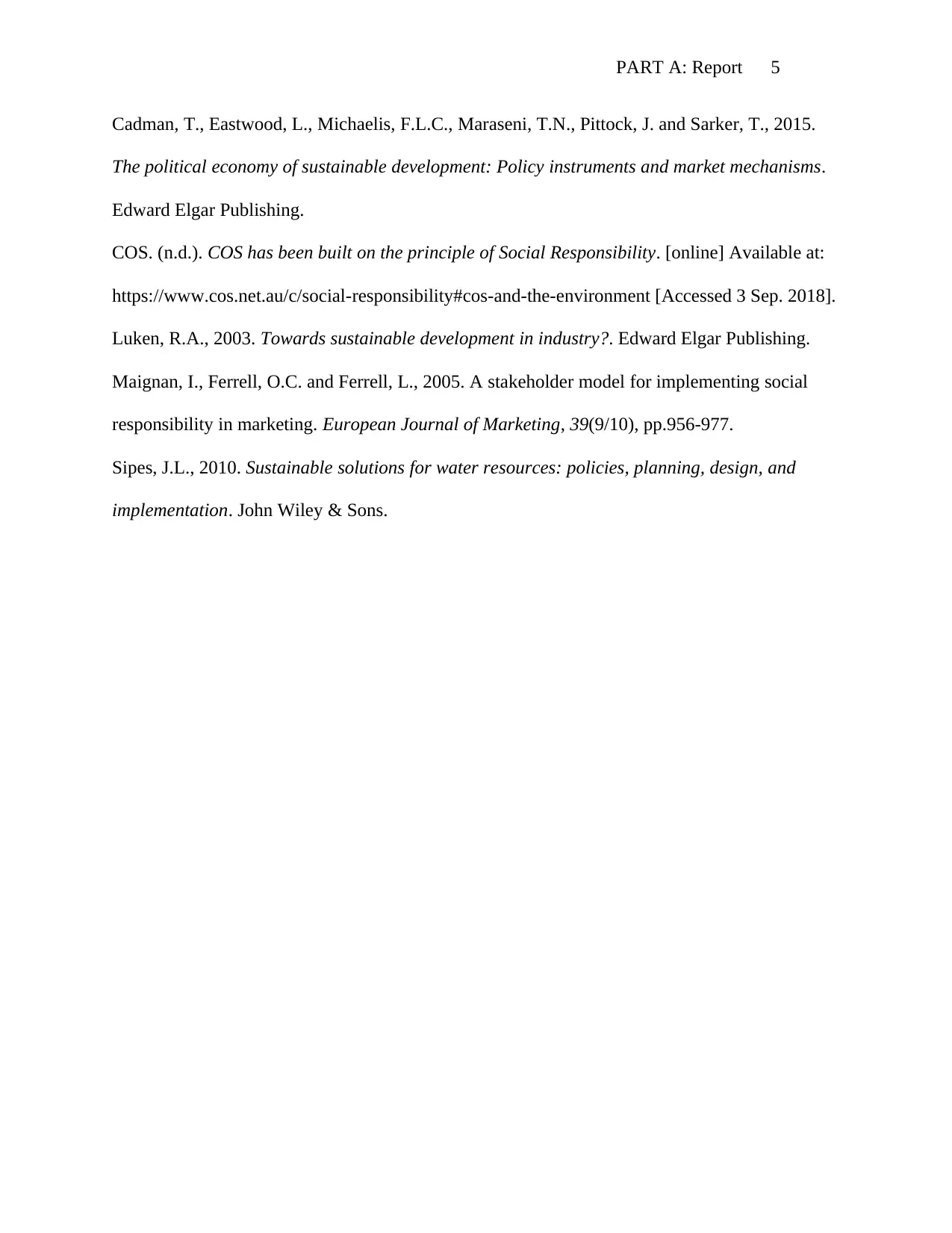






![[object Object]](/_next/static/media/star-bottom.7253800d.svg)